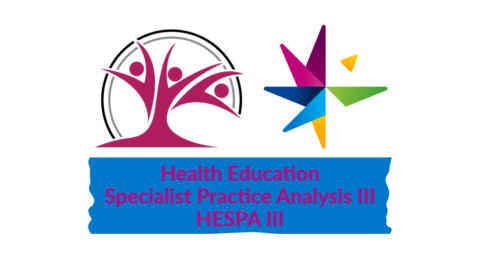In the United States, about 1 in 10 babies are born too early – born earlier then 37 weeks.
Babies born early may face long-term health problems.
Babies born prematurely may need to stay in the hospital longer then normal to continue growing and gain the strength needed to be able to sustain at home without assistance from the doctors and nurses.
A few health problems that can affect premature babies after birth are:
- Respiratory distress syndrome (RDS)- Babies with RDS don’t have a protein called surfactant that keeps small air sacs in the lungs from collapsing causing breathing problems.
- Patent ductus arteriosus (PDA)- Heart problem that occurs when the connection between two blood vessels near the heart does not conjoin.
- Apnea- A pause in breathing for 20 seconds or more; slow heart rate.
- Anemia– Baby is not producing enough healthy red blood cells to carry oxygen to the rest of the body.
Researchers have determined that risks factors can increase the chances of women delivering early and will have a premature baby. Risk factors can include:
- race
- women over 35 years of age
- low socioeconomic status
- mental health
- pregnancy history
- fertility treatments
- pregnancy complications (preeclampsia, placenta previa, placental abruption)
- smoking during pregnancy
Prematurity has many causes and some of them are not understood. Decades of research demonstrated that maternal smoking increases the risk of preterm birth. SOPHE’s Smoking Cessation and Reduction in Pregnancy Treatment (SCRIPT) program is an effective tool that has helped thousands of pregnant women quit smoking.
Providing health education to women who are at risks for preterm delivery could be the bridge that will fill the gap for women who are at risk for giving birth early.
Identifying women at risk and preventing unintended pregnancies and waiting at least 18 months between pregnancies can lower the rates of preterm births in the United States.
Health education specialists can conduct advocacy, education, awareness and events to help decrease these babies being born to early.
CDC Preterm Birth (2017). Retrieved from https://www.cdc.gov/features/prematurebirth/index.html
March of Dimes Premature babies. (2013) Retrieved from https://www.marchofdimes.org/complications/premature-babies.aspx



